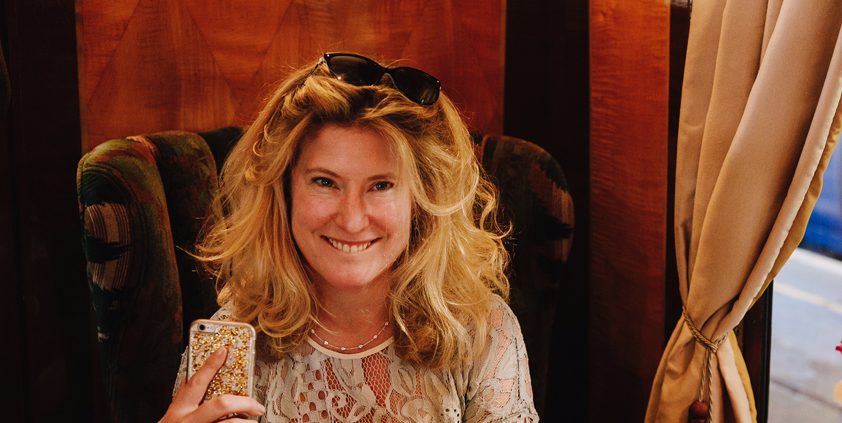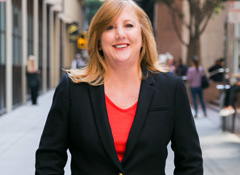Opinion: Layer up to stop your media relations going cold
Launch director Niki Wheeler outlines why it’s important to brainstorm multiple angles for the same story to achieve maximum media coverage.
When it comes to media relations strategy, we often talk to clients about “layering up” for success.
Considerable planning must to go into a media relations approach if it’s to withstand breaking news in the form of presidential proclamations, social media backlashes, celebrity deaths or hard news stories – and often all four.
Many business leaders talk about resilience and the need to have a “plan B” to achieve success. But layering up your media relations push with a plan C and D is just as important in PR, where the news cycle can move at breakneck speed.
Adopting this approach can help with precision targeting, maximising the reach of a campaign, changing direction or emphasis when the unexpected happens or getting a second bite of the cherry if your plan A doesn’t hit home:
- Is an announcement or piece of research is strong enough for news?
- Can a celeb association or peg be uncovered for online consumer publications?
- Do you have stats or experts that are credible enough for the broadsheets or specialist titles?
- Have you explored every possible feature, picture and telegenic angle?
It is also our job to manage client expectations and make sure we are clear about media timelines when it comes to asking for copy to be approved – particularly if compliance or legal are involved in sign off.
We often see media and influencers as our second set of clients. So, whether it’s through Gorkana, face-to-face meetings, breakfast briefings, desk drops, cuttings or paper reviews – relationship building and intelligence gathering is still an integral part of agency life.
This often means picking up the phone to test the temperature of our stories when we sell in. It doesn’t mean badgering journalists with unwanted follow-up calls. But it does mean providing realistic (real-time) updates to clients – if it isn’t 90%, don’t call it a “hot lead”.
Lastly, if something isn’t working, explain any changes in direction or the additional ingredients you need as they happen – never over promising, but delivering ambitious yet realistic results and resourceful solutions instead.
In this way, you can keep your media relations fresh and achieve great results for your clients and media contacts alike.







